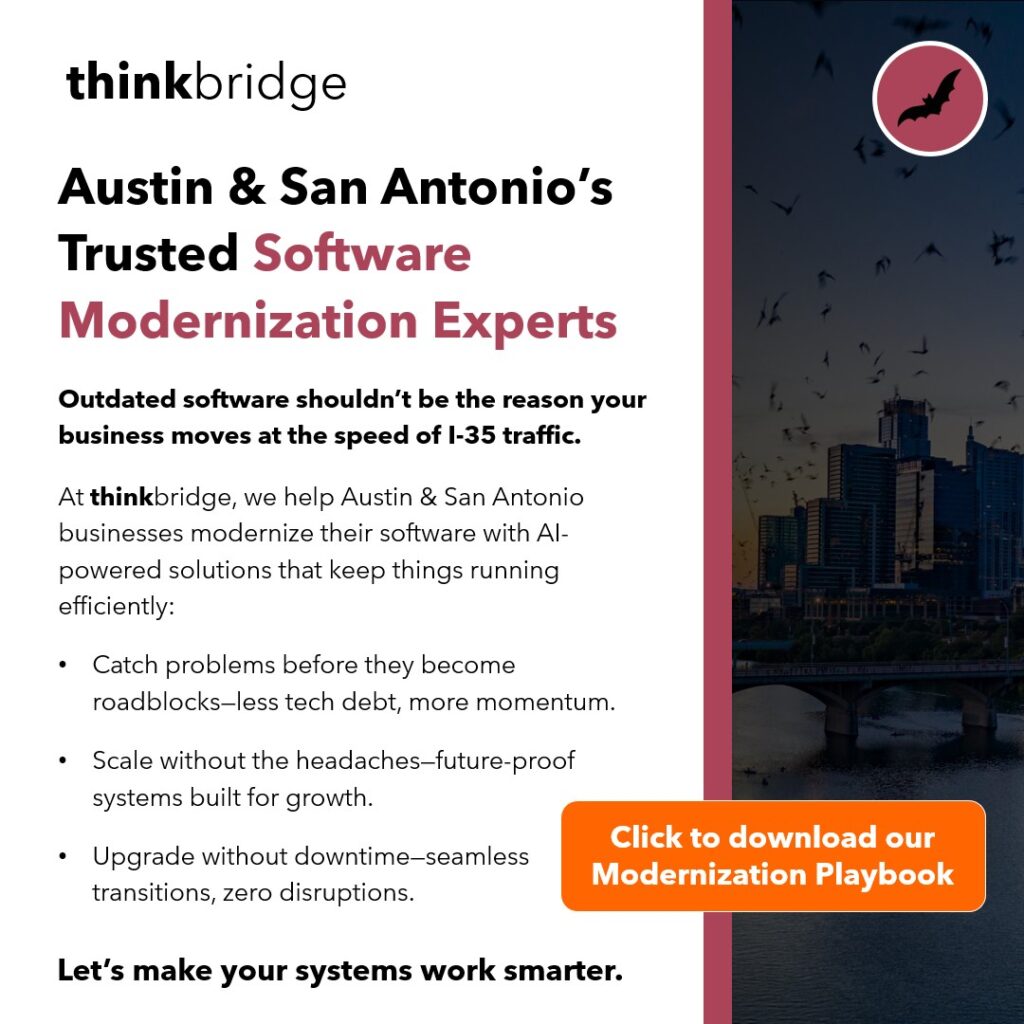By LAURA LOREK
Reporter with Silicon Hills News
Kate Brandt, photo courtesy of SXSW Eco, taken by Diego Donamaria
“Each year our economy consumes far more than what our planet can provide,” she said.
Brandt, who previously served under President Obama as the Nation’s first Chief Sustainability Officer, delivered the Monday afternoon keynote address at South by Southwest Eco. The conference kicked off Monday and runs through Wednesday. Her talk focused on the circular economy.
This year, Earth overshoot day landed on August 8th.
“This marked the day that all of us, humankind, exhausted nature’s budget for the year,” Brandt said. “Since then we’ve essentially been operating in an ecological deficit drawing down our local resource stocks, accumulating carbon dioxide in the atmosphere, in other words society’s demand for resources is about what 1.5 earths could provide for us.”
Now that’s just in 2016, Brandt said. The World Economic Forum estimates that by 2030 we are going to have three billion new middle class consumers, she said. And by 2045 the World Bank predicts that the number of people living in cities will increase 1.5 times adding two billion more residents to our urban settings.
“So these sobering statistics I think really highlight the pressing need to revisit the system that we built during the industrial revolution in which we extract something from the ground, make a product or we burn it for fuel and then we ultimately throw it away,” Brandt said.
“At Google we believe that global business should lead the way to driving a new 21st century model in which people’s lives are improved while we can reduce our dependence on primary materials and fuel from fossils,” Brandt said. “And we believe that this can actually be done in a way that makes business sense providing economic return, a community benefit and restoring our natural environment.”
The new model is called the circular economy – “in which materials are unendingly recycled through both the biological and the technical progressions in ways that are restorative and regenerative for the environment,” Brandt said.
“At Google, we established a goal last year that what we want to do is to embed these principals into our infrastructure, our operations and our culture,” Brandt said.
The idea of a circular economy is getting traction now for two main reasons, Brandt said.
“I think there is a growing global recognition that the model we built from the 20th century is not going to serve us for prosperity in the 21st century,” she said.
Also, the circular economy represents this really great new opportunity to unlock new value, new business models that have the potential for a lot of new double bottom line businesses that can have both a positive impact and be profitable, she said.
Last year, a study from the Ellen MacArthur Foundation reported the value of a circular economy in Europe by 2030 could be worth $1.8 Trillion in Euros.
“Just imagine the impact for us in the U.S. economy,” Brandt said.
Google sees opportunities in the circular economy by using renewable energy in its operations, designing out waste from its operations, thinking in systems and thinking in cascades, Brandt said. It has been a carbon neutral business since 2007, she said.
In 2010, Google started the process of buying renewable energy at scale. And since then it has become the largest non-utility corporate buyer of renewable energy in the world.
“What that means is we’ve purchased 2.5 gigawatts of renewable energy and to put that in perspective that’s about the equivalent of taking 1 million cars off the road,” Brandt said.
Also Google committed to invest $2.5 billion in wind and solar projects worldwide, Brandt said.
“And beyond purchasing and investing we’re also looking at how do we use our tools to accelerate the adoption of renewable energy,” she said.
Last year, Google rolled out a tool called Project Sunroof that is available in 42 states in the U.S. that lets homeowners type in their zip code and then Google analyzes all the information it has on their home via Google maps to tell them how much they could save by installing solar on their roof, Brandt said.
“And if you’re interested we can connect you with a solar developer in your area to take the next step,” she said.
Eliminating waste is another area Google has focused on.
“Today across our global data center operations we’re already diverting 86 percent of our waste from landfills,” Brandt said.
A couple of weeks ago, Google made a pretty bold announcement to commit to zero landfill waste across its global data center operations, she said.
“That last 10 to 20 percent of diversion is where it really gets tough,” Brandt said. “But that’s where we are really going to find those opportunities to design waste out of our system all together or to enter into really interesting community partnerships.”
Kate Brandt at SXSW Eco, courtesy photo by Diego Donamaria
In Google’s offices in its hometown in Mountain View, California, the company has already achieved about 86 percent landfill diversion. It has a really big corporate composting program with the city. It also uses a system called Lean Path to track food and this year the technology enabled the company to avoid more than 392,000 pounds of food waste from going to landfills, Brandt said.
In one of the most striking examples, Google saves hundreds of millions of dollars every year by managing its servers effectively, Brandt said. It first focuses on maintenance and using the servers as long as possible. Next, it refurbishes old servers and re-manufactures them. Then it sells parts to secondary markets and what’s left it recycles.
“Since we started building our data centers back in 2007 when Gmail was just a kid we were really laser focused on energy efficiency,” Brandt said. “As a result, today our data centers are about 50 percent more efficient than the industry average.”
Also through machine learning applied to its data centers Google is able to reduce its energy costs by another 40 percent. It created an algorithm that learns how the data center servers and cooling system operates and then it can turn all of the dials in just the right way to optimize the system.
“This points to huge opportunity for any industrial setting,” Brandt said.
Lastly, Google worked with Healthy Building Network to create a tool called Portico to help people understand the toxins in building materials. Brandt said to truly enable a circular economy where materials can be cycled through the loop and unendingly utilized – you need to know what are in the materials.
In 2011, Google wanted to eliminate toxic materials from its buildings. It partnered with Healthy Building Network to create Portico, a web-based application designed to provide more information about building materials. Last week, Healthy Building Network and Google announced plans to make Portico available to everyone. They also announced Perkins + Will, The Durst Organization, Harvard University, and HomeFree Affordable Housing Cohort joined Portico as founding partners.
And Google is working with the Ellen MacArthur Foundation on solutions to create better concrete. It is using powdered recycled glass in concrete to substitute for more toxic additives like fly ash.
Lastly, Google plans to take an open sourcing approach to its efforts in the circular economy to enable wide adoption of its business models, Brandt said.
Google would like to become the global reference point for circular economy in the built environment, Brandt said. It will provide thought leadership, help policy makers and provide best practices.
“So in conclusion we believe that a global business should lead the way to improving people’s lives while reducing or even eliminating dependence on primary materials,” Brandt said. “And we believe this can be done in a way that makes business sense, providing economic returns, social benefit and critically positive environmental impact.”
Editor’s note: this article has been updated to clarify the relationship between Google and Healthy Building Network in creating Portico.


Leave a Reply